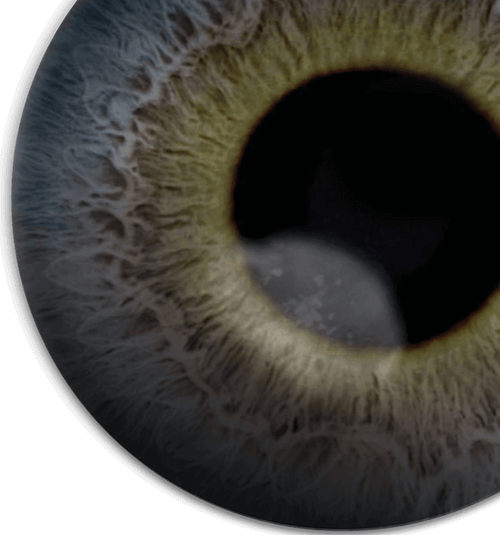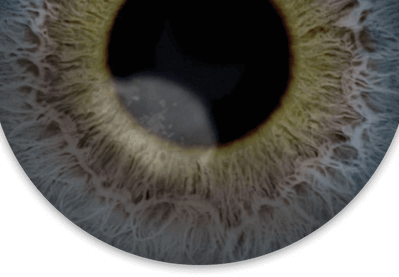What is NK?
Neurotrophic keratitis, also referred to as neurotrophic keratopathy, or “NK,” is an eye disease caused by damage to the corneal nerves that leads to breakdown of the cornea. If not treated, it can lead to a corneal ulcer (an open sore in the cornea), scarring, or even vision loss.
NK is considered a rare disease and is estimated to affect approximately 70,000 people in the United States.*
*Based on the IRIS® Registry (Intelligent Research in Sight) data published in 2022 and adapted number based on the US population.


Understanding your cornea & corneal nerves
The cornea is one of the most sensitive organs in the body. It acts as a covering for your eye, protecting your pupil and iris.
- Protects your eye from bacteria and dust
- Helps keep your eye from drying out
- Helps you see by focusing light into your eye
- Send signals to your brain to blink and produce tears to help maintain a healthy surface
- The colored part of your eye that contains the pupil
- Helps control the size of the pupil
- The round opening at the center of your eye
- Changes size to control the amount of light going into your eye
- As a result of corneal nerve damage, the corneal surface can break down
- Breakdown of the corneal surface can lead to a corneal ulcer (an open sore in the cornea), scarring, or even vision loss
- When corneal nerves are damaged, your cornea has a lack of feeling and cannot send normal signals to your brain
- Damage also prevents corneal nerves from providing nourishment to the corneal surface
There are many risk factors that can cause NK
Many diseases or conditions that can cause nerve damage may lead to neurotrophic keratitis (NK) including, but not limited to, herpes infections of the eye, diabetes, and chronic dry eye disease.
*Do not stop using any eye drops without instruction from your doctor.
Talk to your doctor about what may have potentially caused the underlying nerve damage
Learn how OXERVATE® treats NK
Symptoms of NK may vary from person to person
Neurotrophic keratitis is a rare disease that requires professional diagnosis. Some people with neurotrophic keratitis (NK) may not complain of symptoms at all, due to the lack of feeling, while others may experience:
Connect with us
Sign up to receive more information, including tools and resources for accessing and using OXERVATE.
By clicking SIGN UP, you agree to our Terms of Use and Privacy Policy.